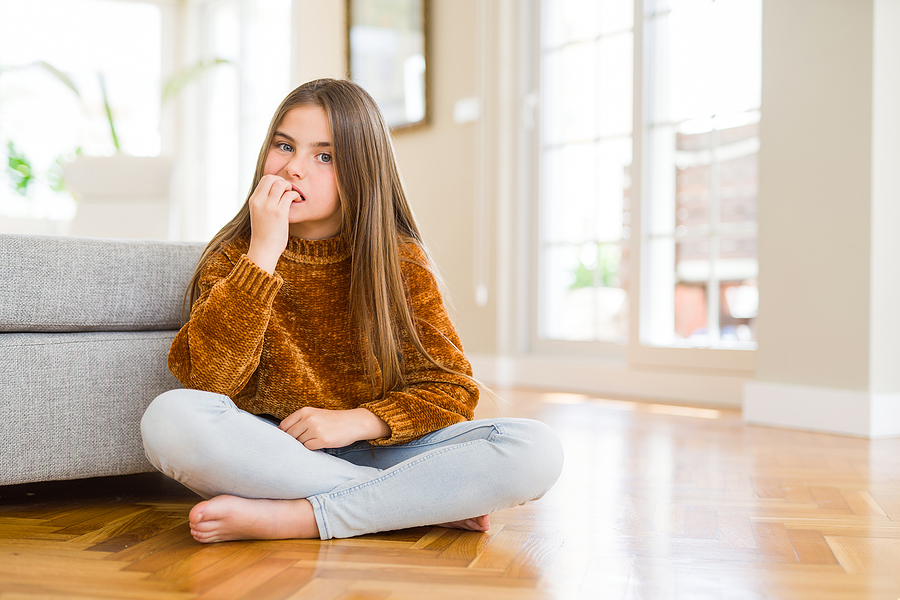
Choosing the right spokesperson in bringing violent news to children
Children experience more feelings of fear and worry when they watch real-life violent media content than fictional content. This raises the question for news producers how to bring the news to children without causing too much anxiety. A study in Journal of Children and Media examines how different types of spokespersons can reduce feelings anxiety. The comparison shows that young viewers experienced the least fear and worry when the spokespersons were children that reflected on the violent event—but were not directly involved in the event themselves.
Take aways
- Child spokespersons that reflect on the violent event, but are not involved in it personally, reduce young viewers’ feelings of anxiety the most.
- Adult experts talking about the news event reduce children’s fear.
- Therefore, to help children cope with violent news, news producers are encouraged to use non-involved children and adult experts to reduce children fright and worry when watching the news.
Study information
Who?
256 children between 8 and 13 years old (Mean age= 10.42, 46.6% male)
Where?
The Netherlands
How?
The children filled out a questionnaire about their level of television consumption and levels of fright (immediate feeling of threat) and worry (delayed fearful response about threats on safety and well-being). Then they watched a news video about the Islamic State terrorist attacks in Paris and Brussels. The children saw either children from Paris and Brussels (involved children), Dutch children (non-involved children) or an adult expert sharing what happened in the news video. After that they filled out a second questionnaire to measure the fright and worry responses again.
Facts and findings
- The non-involved children in the news reduced the negative emotional impact of the watching the news the most.
- Adult experts also reduced children’s fright responses. These experts can provide reassuring information like emphasizing the distance of events, that violet incidents are not likely to happen, or that it is understandable to feel afraid.
- Showing the involved children sharing their story even increased children’s worries, probably because this makes the news more vivid.
- Young viewers’ fear did not increase when involved children shared their story. The researchers suggest that the children had already heard about the news, so they did not have that immediate feeling of threat anymore